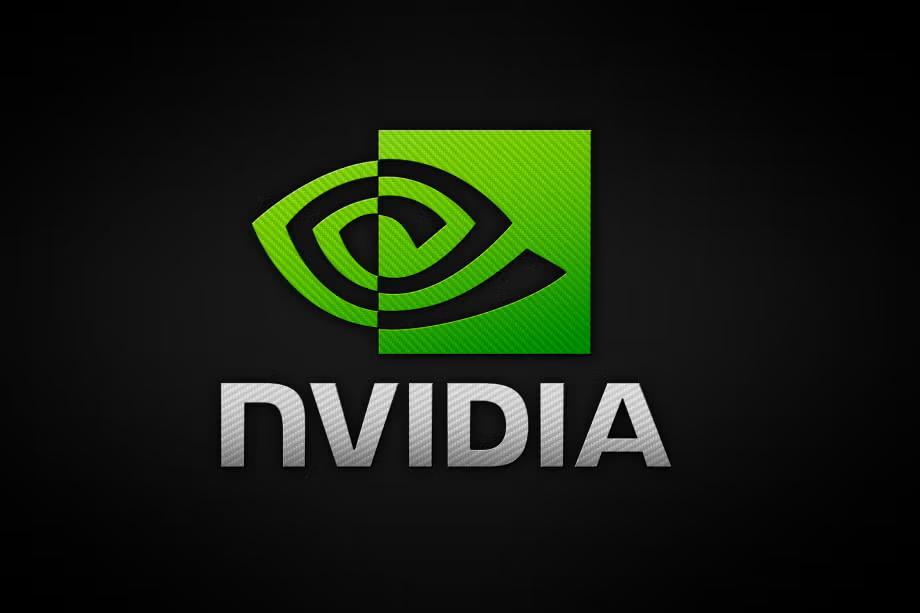Nvidia and Fujitsu have recently announced a partnership to advance AI-powered robotics solutions, targeting enhanced automation and efficiency across various industries. This collaboration aims to establish a comprehensive AI infrastructure, particularly in Japan, by 2030, with potential global expansion in the future.
Driving the AI Industrial Revolution
Jensen Huang, CEO of Nvidia, emphasized that the "AI industrial revolution" has begun, highlighting the necessity of building a technological backbone to power this transformation both in Japan and globally. Fujitsu CEO Takahito Tokita echoed this sentiment, stating that their collaboration with Nvidia will accelerate AI-driven business transformation in enterprise and government sectors. Fujitsu's shares reportedly closed 3% higher following the announcement.
Key Areas of Collaboration
The partnership will focus on several key areas:
- AI Agent Platform: Co-development of an AI agent platform is a primary focus, designed to support multi-tenancy and customization for specific sectors. This platform will integrate Fujitsu's AI workload orchestration technology with Nvidia's Dynamo platform and leverage Nvidia NeMo for sector-specific customization. The goal is to create self-evolving AI systems that continuously learn and adapt, providing enterprises with industry-specific automation tools.
- Next-Generation Computing Infrastructure: The collaboration includes developing a next-generation computing infrastructure that combines Fujitsu's Fujitsu-Monaka CPUs with Nvidia GPUs using NVLink Fusion. This infrastructure aims to deliver high-performance computing environments that support complex AI workloads, such as deep learning, simulation, and real-time data analytics.
- Robotics and Automation: A significant aspect of the partnership is to advance robotics and automation, particularly to address labor shortages in Japan. This includes exploring collaborations with companies like Yaskawa Electric Corp. on AI-driven robotics. Fujitsu and Nvidia have previously worked together on applying digital twins and robotics to streamline manufacturing.
Target Industries and Applications
The AI infrastructure developed through this partnership will target key sectors, including healthcare, manufacturing, environmental technology, next-generation computing, and customer services. Specific applications could include:
- Healthcare: Advanced diagnostics and patient monitoring.
- Manufacturing: Predictive maintenance, optimized production workflows, and streamlining manufacturing processes.
- Robotics: Development of smart robots for various tasks, potentially including collaboration with Yaskawa Electric Corp.
Nvidia's AI and Robotics Platforms
Nvidia offers a suite of tools and platforms for AI and robotics development, including:
- Nvidia Isaac: A platform that delivers CUDA-accelerated libraries, application frameworks, and AI models for creating autonomous mobile robots (AMRs), arms and manipulators, and humanoids.
- Nvidia Isaac Sim: A simulation environment built on Nvidia Omniverse for developing and testing autonomous machines.
- Nvidia GR00T: An open foundation model that brings human-like reasoning to robots.
- Nvidia Cosmos: World foundation models that enable developers to generate diverse data for training physical AI models.
- Nvidia Jetson AGX Orin: A module used in grasping kits that intelligently detects objects and calculates optimal grasping points.
Addressing Societal Challenges and the Future of AI in Robotics
The partnership also aims to address societal challenges, such as Japan's aging workforce, by leveraging AI to enhance productivity and efficiency. Tokita emphasized a "humancentric" approach to maintain Japan's global competitiveness in emerging technologies. Fujitsu aims to establish AI infrastructure as a core element of Japan's digital society by 2030.
AI is increasingly intertwined with robotics, leading to advancements in automation, manufacturing, healthcare, and other sectors. Recent progress includes neuromorphic computing, which mimics the human brain's neural structure, and the development of collaborative robots (cobots) that can learn from human counterparts. AI algorithms, such as simultaneous localization and mapping (SLAM), enable robots to navigate complex environments autonomously. Nvidia's Omniverse platform supports collaboration by providing a shared virtual workspace for developers, engineers, and designers to work together in real-time.
By combining Nvidia's computing capabilities with Fujitsu's expertise and focus on AI, the partnership is expected to drive significant advancements in AI-driven robotics and contribute to solving social issues.















